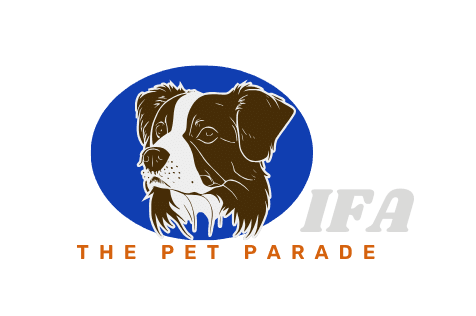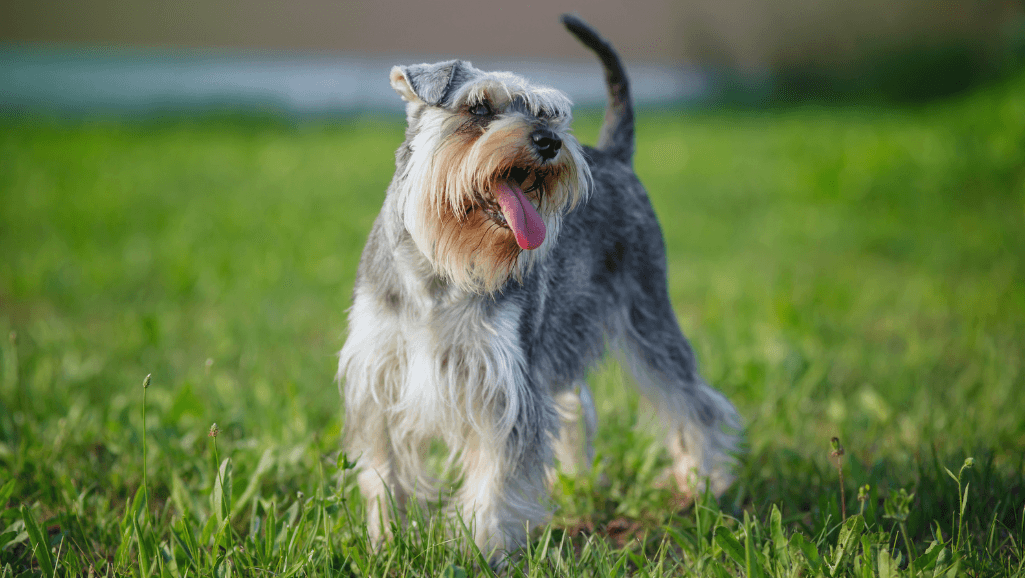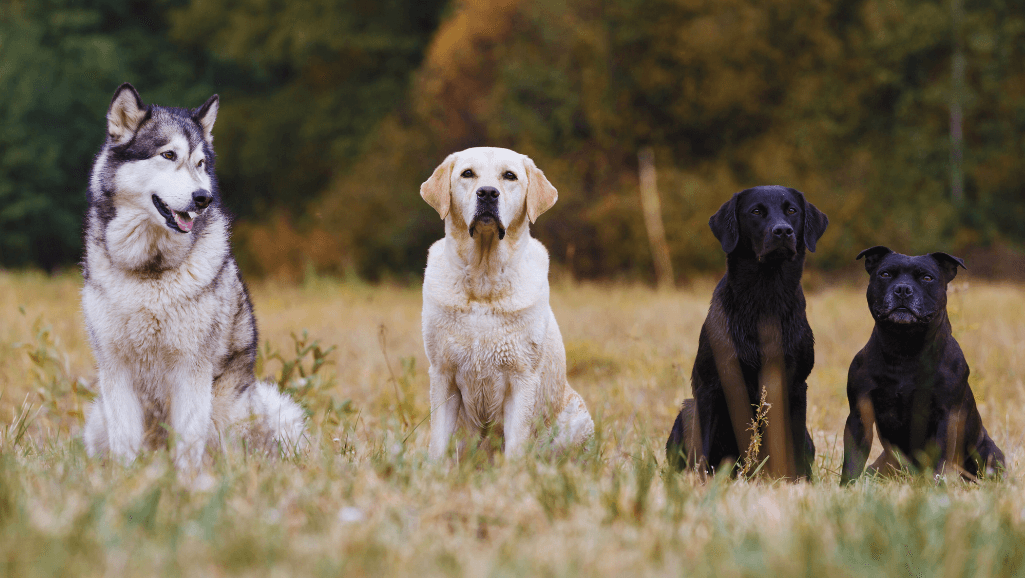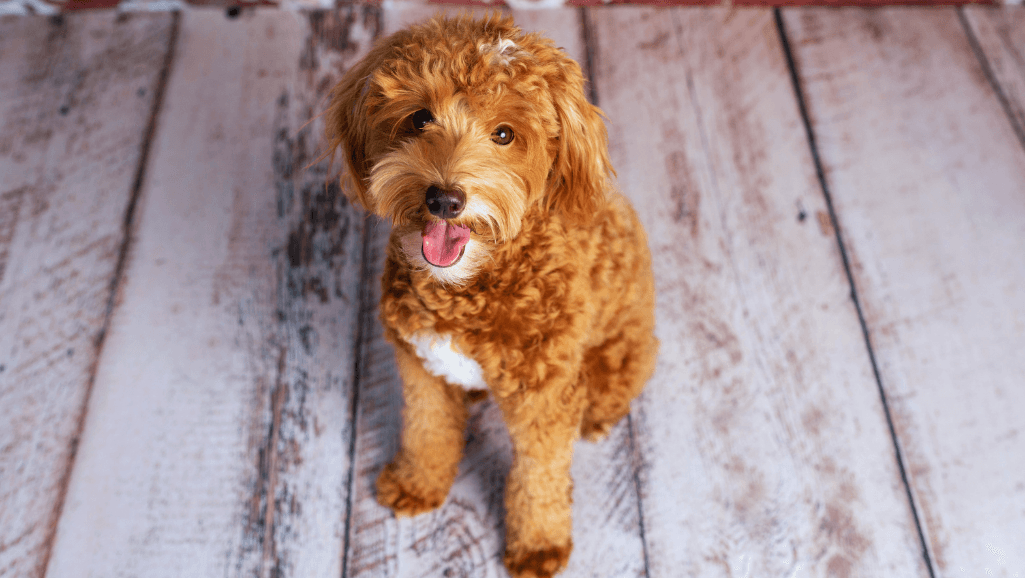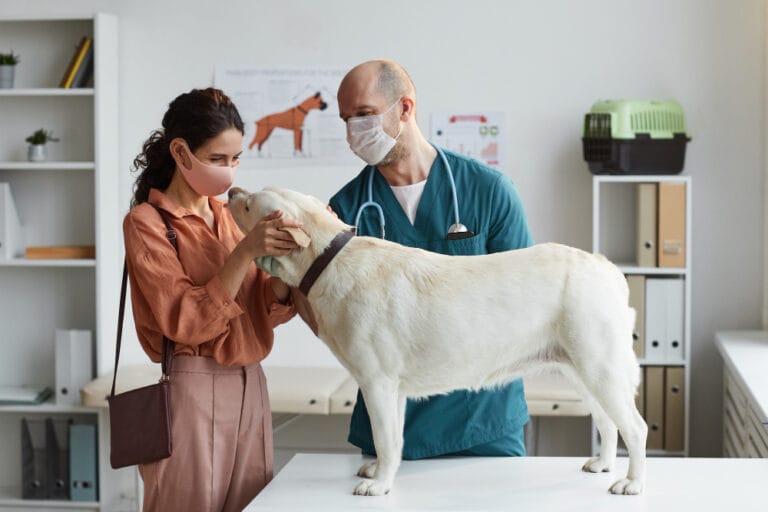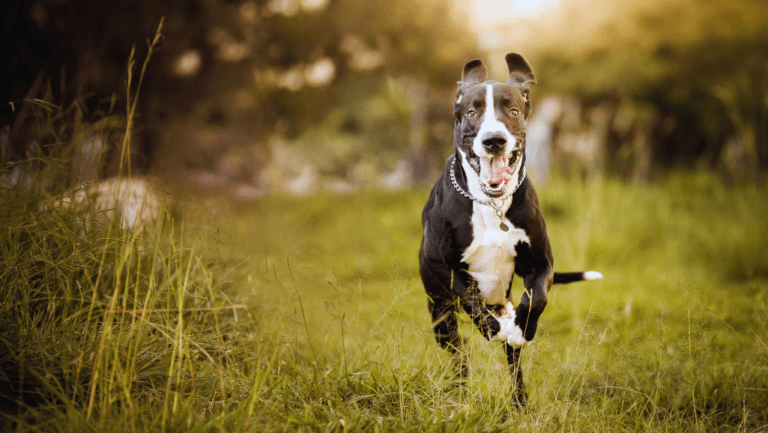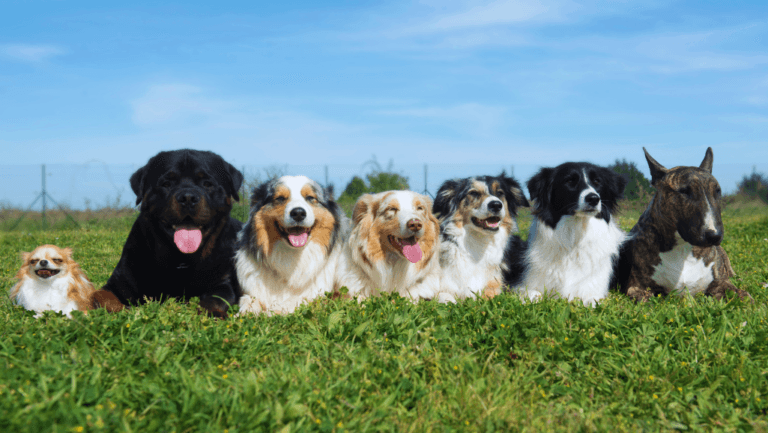Pet owners with allergies often choose the best miniature hypoallergenic dog breeds. These miniature hypoallergenic dogs are great companions without the allergy risks. They have hair instead of fur, which means less dander and fewer allergy triggers.
These miniature dog breeds are perfect for many homes. Their low dander makes them good for people with dog allergies. But, it’s important to remember that everyone reacts differently to dogs. So, getting a hypoallergenic dog needs careful thought and research.
Key Takeaways
- Miniature hypoallergenic dogs are often sought after by individuals with allergies due to reduced shedding.
- While the term “hypoallergenic” indicates fewer allergens, no dog is 100% free from potential allergy triggers.
- Small spaces and adaptable lifestyles turn miniature dog breeds for allergies into a convenient pet option.
- Proper care, including grooming and hygiene, is essential for maintaining the hypoallergenic nature of these dogs.
- Always consult a healthcare professional when selecting a dog, as individual allergies can vary significantly.
- Exploration of hypoallergenic breeds should be done with reputable sources and with a focus on the dog’s wellbeing.
Understanding Hypoallergenic Miniature Dogs
Many people with allergies are looking for the perfect pet. They are drawn to hypoallergenic small pets, especially tiny hypoallergenic dogs and non-shedding miniature breeds. This is because up to 20% of people in Western countries are allergic to traditional pets.
Non-shedding miniature breeds are seen as a good choice for those who don’t want to deal with allergies. But, it’s important to know what makes these breeds special.
What Are Hypoallergenic Dogs?
Hypoallergenic dogs have coats that are less likely to cause allergies. Breeds like the Bichon Frise and Poodle are popular for this reason. They are great companions for people with allergies.
The Myth of the Completely Hypoallergenic Dog
Even though hypoallergenic small pets are helpful, no dog is completely free of allergens. A 2011 study found little difference in allergen levels between hypoallergenic and other breeds. This shows that allergies can vary greatly from person to person.
Allergy Triggers in Dogs
Dogs can trigger allergies through their dander, saliva, and urine. The protein Can f 1 is a big culprit in dog fur and skin flakes. Even low-shedding breeds like Poodles can still cause allergies.
On the other hand, some high-shedding dogs like Labradors might have lower allergen levels. This shows that managing allergies is complex and can’t be solved by just picking a hypoallergenic breed.
Spending time with a dog can tell you more about allergies than its breed. Try to spend 15-20 minutes with a dog to see how you react. This can help you make a better choice for your health.
Identifying Characteristics of Mini Hypo Canines
https://www.youtube.com/watch?v=777aj-pehj4
Finding the right micro hypoallergenic pets can ease allergy symptoms and make pet ownership more enjoyable. Smaller dogs produce less dander, which is a big allergy trigger. This section looks at what makes tiny hypoallergenic pups good for people with allergies and the traits of low-shedding breeds.
Size’s Impact on Dander Production
The size of a dog affects how much allergen it makes. Smaller breeds, known as petite low-allergy dogs, make less dander and hair. This is because they have less surface area and hair, making them great for those with allergies. They are perfect for those looking for allergy-friendly companions.
Recognizing Low-Shedding Mini Breeds
Knowing which breeds are low-shedding and hypoallergenic helps pet owners choose. Breeds like the Poodle, Maltese, and Yorkshire Terrier are known for their low shedding. These tiny hypoallergenic pups need special grooming but are good for people with allergies. Their fur is like hair, which means less dander and allergens.
| Breed | Weight | Height | Life Expectancy |
|---|---|---|---|
| Maltese | 4-7 pounds | 8-10 inches | 12-15 years |
| Yorkshire Terrier | Up to 7 pounds | 7-8 inches | 11-15 years |
| Chinese Crested Dog | 8-12 pounds | 11-13 inches | 10-14 years |
Knowing about these micro hypoallergenic pets ensures that allergic pet lovers can have a healthy, happy pet. This way, they can enjoy a great relationship with their pets, with fewer allergic reactions.
Benefits of Choosing Small Hypoallergenic Breeds
Choosing hypoallergenic small dogs for families has many benefits, especially for those with allergies. These dogs produce fewer allergens, making homes healthier. They also offer companionship without the risk of allergic reactions. Let’s look at the key benefits these dogs bring to families and those with allergies.
Advantages for Allergy Sufferers
Miniature hypoallergenic dogs are great for those with allergies. They have less dander and shed less. Breeds like the Bichon Frisé and Poodle are popular for this reason. They have less hair and skin flakes, reducing allergens in the home.
Compatibility with Family and Lifestyle
These dogs are perfect for different living situations, from apartments to big houses. They are smart and gentle, fitting into various family routines. This is especially good for families with allergies.
Below is a table illustrating some popular allergy-friendly mini dogs:
| Breed | Size Category | Key Characteristics |
|---|---|---|
| Poodle (Miniature) | Small | Intelligent, curly low-shedding coat, strong familial bonds |
| Bichon Frisé | Small | Friendly, affectionate, requires regular grooming |
| Yorkshire Terrier | Small | Vibrant personality, long silky coat with minimal shedding |
| Shih Tzu | Small | Loyal, hypoallergenic coat, ideal companion pet |
| Maltese | Small | Gentle, fearless, maintains a lustrous coat that sheds little |
The benefits of miniature hypoallergenic dogs are clear, especially for those with allergies. Their small size and hypoallergenic traits make them perfect for families. They ensure comfort and joy for everyone in the household.
Popular Breeds of Mini Non-Shedding Canines
Looking for a pet that’s easy to care for? Small non-shedding dogs are a great choice. Breeds like the Toy Poodle and Havanese are perfect for any home. They’re great for people with allergies too.
The Toy Poodle is smart and easy to train. It’s a favorite among low shedding small dogs. Its coat needs regular grooming to stay neat.
The Havanese has a beautiful, non-shedding coat. It needs regular grooming to stay healthy and look good.
These breeds are loved for more than just their low shedding. They’re adaptable and fun. A Shih Tzu is playful, while a Bichon Frise is charming. They’re great for anyone, whether you’re new to pets or have had many.
People who own these dogs groom them regularly. This keeps them looking good and reduces allergens. This is important for people with allergies.
For more tips on keeping your home clean and your dog happy, check out this resource on hypoallergenic dogs. It talks about choosing the right breed and keeping your home clean.
- Affenpinscher: Needs brushing twice a week; has little odor.
- Basenji: Easy to care for; great for city living.
- Scottish Terrier: Has a strong personality; needs regular grooming.
- Lhasa Apso: Has a beautiful coat; regular grooming keeps it looking good.
In conclusion, there’s a hypoallergenic small dog for everyone. Whether you like a lively Scottish Terrier or a cuddly Bichon Frise, you’ll find the perfect pet. They’ll keep you company and make you happy.
Exploring the Best Mini Hypoallergenic Dogs for Allergies
Choosing the right pet is key when you have allergies. Looking for best small hypoallergenic pets means finding breeds that are good for both you and your allergies. This section looks at some tiny allergy-friendly pups and low allergy miniature dogs that are great companions and considerate of your health.
Affectionate Companions: Profiles of Top Breeds
The term ‘hypoallergenic’ might be a bit misleading. No dog breed is completely hypoallergenic. But, some breeds are better at keeping allergens away. Breeds with hair-like fur, like Toy Aussiedoodles and Mini F1b Goldendoodles, are often more allergy-friendly.
Tiny Allergy-Friendly Pups and Their Endearing Qualities
Popular choices include Toy Aussiedoodles and Micro Mini Bernedoodles. Each breed has its own special qualities. Toy Aussiedoodles are small, energetic, and great for small spaces. Micro Mini Bernedoodles are a bit bigger but still cuddly and robust.
Both breeds live for 12 to 15 years, offering years of love and companionship.
| Breed | Height (inches) | Weight (pounds) | Lifespan (years) |
|---|---|---|---|
| Toy Aussiedoodle | 10-12 | 10-15 | 10-15 |
| Micro Mini Bernedoodle | 18-22 | 25-49 | 12-15 |
| Mini Australian Mountain Doodle | 20-35 | 30-50 | 12-15 |
| Mini F1b Goldendoodle | 13-20 | 15-35 | 10-15 |
These best small hypoallergenic pets are not just for allergy sufferers. They are also loving, smart, and social. Whether it’s a Toy Aussiedoodle or a Mini F1b Goldendoodle, these breeds show you can have a pet without constant allergy battles.
Care Tips for Tiny Allergy-Friendly Canines
Caring for tiny allergy-friendly canines is more than picking the right breed. It’s about the right nutrition and grooming. These practices keep these pets healthy and happy. By focusing on nutrition for small hypoallergenic dog breeds and regular grooming hypoallergenic lap dogs, owners can lower allergy risks for pets and family.
Nutrition and Diet Considerations
Nutrition is key for small hypoallergenic dog breeds. A balanced diet boosts their immune system and coat quality. It’s crucial to choose foods that meet their needs, avoiding common allergens like corn, wheat, and certain proteins.
Many vet-recommended brands offer special diets for these dogs. These diets avoid common allergens and provide all the nutrients they need. Ingredients like venison, duck, or pea protein are used instead.
Grooming Routines for Low-Shedding Fur
Grooming hypoallergenic lap dogs is vital for their skin health and to reduce allergens. Regular brushing removes dead fur and dander. Bathing with hypoallergenic shampoos prevents skin irritation.
Pay special attention to areas like paws and ears that can get irritated by allergens. More frequent baths during high pollen seasons can help remove allergens from their fur.
| Concern | Frequency | Treatment |
|---|---|---|
| Flea Allergy Dermatitis | Common | Flea control products, Regular grooming |
| Food Allergies | Less common | Diet revision, Hypoallergenic food |
| Allergic Dermatitis | Seasonal | Medicated shampoos, Increased grooming during allergen seasons |
| Anaphylactic Reactions | Rare | Emergency veterinary care, Allergen avoidance |
By following thorough grooming routines and focusing on nutrition for small hypoallergenic dog breeds, owners can manage many challenges. This proactive care helps create a healthy, allergen-free environment for pets and their families.
The Unique Charm of Toy Hypoallergenic Dogs
Toy hypoallergenic dogs, like the best small dogs, are loved for their small size and big hearts. They are perfect for homes or apartments because they don’t take up much space. Despite being small, they have big personalities and lots of love to give.
These dogs are not just cute; they are also good for people with allergies. About 10% to 20% of people have allergies to dogs or cats. So, these hypoallergenic dogs are a great choice for families who want a pet without the sneezing and sniffles.
- Chihuahua: Known for their bold and vocal nature; one of the tiniest yet bravest toy breeds.
- Maltese: Features a gentle nature and thrives on human companionship; has a fluffy white coat that is great for cuddles without the allergies.
- Yorkshire Terrier: Initially bred for catching rats in mines, this breed has adapted well to becoming a beloved lapdog with a fine, silky coat.
- Morkie: A delightful blend of Maltese and Yorkshire Terrier traits; known for their adaptability and affectionate nature.
- Shihpoo: Combines the hypoallergenic qualities of the Shih Tzu and Poodle, making it an excellent match for households with allergies.
These dogs are also smart and love to be close to their owners. They are a great choice for those with allergies or limited space. They show that even the smallest things can bring the most joy.
Selecting the Perfect Compact Hypo Dog for Your Home
Adding a best hypoallergenic small breed dogs to your family is a big step. It’s key to find a trustworthy source. Also, the pet’s personality should match your home’s vibe.
Finding a Reputable Breeder or Rescue
Choosing a good breeder or rescue for hypoallergenic mini pets is vital. It helps make pet ownership better. Look for breeders who are open and honest, and let you visit. They should also give health records for the puppies.
For adoption, many rescue organizations have pet-friendly tiny breeds. They make sure the dogs are healthy and happy before they go to new homes.
Matching a Dog’s Temperament with Your Household
The right dog for your family depends on your lifestyle. Whether it’s a lively Poodle or a calm Chinese Crested, the dog’s personality should fit your home. This way, everyone, including the dog, will feel at ease.
| Breed | Height (inches) | Weight (pounds) | Popularity (AKC Ranking) | Key Traits |
|---|---|---|---|---|
| Miniature Schnauzer | 12-14 | 11-20 | 19 | Alert, Good watchdog |
| West Highland Terrier | About 11 | 15-20 | Unranked | Friendly, Strong-willed |
| Chinese Crested | 11-13 | Up to 12 | Unranked | Hypoallergenic, Affectionate |
| Bolognese | 10-12 | 5.5-9 | Unranked | Companionable, docile |
| Bichon Frise | 9.5-11.5 | 12-18 | Unranked | Playful, Curious |
By doing your homework on best hypoallergenic small breed dogs and their breeders or rescues, you can make a smart choice. This ensures a happy and peaceful life for both you and your new pet.
Training and Socialization of Miniature Hypoallergenic Dogs
Understanding the needs of tiny hypoallergenic dog breeds is key when training them. Breeds like the Miniature Poodle and Bichon Frise are smart and respond well to positive training. Early socialization is also vital, helping them become good family members.
Socializing these dogs can prevent shyness or aggression. It helps them interact well with people and other animals.
Given their sensitivity and small size, owners must focus on regular training. This includes introducing them to different environments and situations. Despite their size, these dogs can do well in dog sports and activities.
| Breed | Brushing Frequency | Grooming Frequency | Injury Risk from Falls |
|---|---|---|---|
| Toy Poodle | Regularly | Every 3-6 weeks | 47% |
| Bichon Frise | 2-3 times a week | Every 4 weeks | 47% |
| Yorkshire Terrier | Regularly | Every 4-6 weeks | 47% |
| Miniature Schnauzer | Regularly | Every 4-6 weeks | 47% |
| Maltese | 2-3 times a week | Weekly/Biweekly | 47% |
Only 35% of toy breed owners take their puppies to puppy classes. This shows the need for more awareness about early socialization. Puppy classes help prevent behavioral issues and reduce injury risks from larger dogs.
Activities that challenge their minds and bodies are also important. About 60% of these breeds participate in dog sports. This shows their potential for structured play and competition. A holistic approach to training and socialization makes them well-adjusted pets and model citizens.
Health Considerations and Lifespan of Miniature Dog Breeds for Allergies
Choosing low allergy miniature pups means knowing their health issues and how to keep them healthy for a long time. Understanding these can help owners give their pets the best care.
Common Health Concerns in Small Hypoallergenic Dogs
Small hypoallergenic dogs are great for people with allergies, but they have health problems too. Eye issues and hip dysplasia can affect breeds like Toy Aussiedoodles and Micro Mini Bernedoodles. Also, health of non-shedding small dogs can be affected by Mitral Valve Disease in Miniature Poodles. For more info, check out this resource.
Promoting Longevity Through Preventive Care
To keep low allergy miniature pups healthy, regular care is key. This includes vet visits, a good diet, and enough exercise. Also, mental and emotional support are important for their longevity of hypoallergenic small dog breeds.
| Breed | Height (inches) | Weight (pounds) | Life Expectancy (years) |
|---|---|---|---|
| Bichon Frise | 9.5–11.5 | 12–18 | 14–15 |
| Miniature Schnauzer | 12–14 | 11–20 | 12–15 |
| Maltese | 7–9 | Under 7 | 12–15 |
| Poodle (Miniature) | N/A | N/A | 10–18 |
Being proactive about the health of non-shedding small dogs improves their life and strengthens the bond with their owners.
Celebrating the Allergen-Friendly Small Dogs
Thinking about getting a dog without worrying about allergies? It’s key to celebrate hypoallergenic small dog breeds that make it possible. Breeds like the Miniature Poodle and Bichon Frise are not just cute. They also fit well in different homes, making them the best allergy-friendly mini dogs.
Knowing what these special pets need can really help them thrive. Dogs like Schnauzers and Portuguese Water Dogs have low shedding and less dander. This is great for people with allergies. Regular grooming, especially for a Poodle’s coat, is essential to keep it hypoallergenic.
| Breed | Characteristics | Good for Allergy Sufferers? |
|---|---|---|
| Goldendoodle | Hybrid vigor, minimal shedding | Yes |
| Miniature Poodle | Intelligent, active, hypoallergenic coat | Yes |
| Bichon Frise | Fluffy, cheerful, hypoallergenic quality | Yes |
| Schnauzer | Protective, hypoallergenic coat | Yes |
| Portuguese Water Dog | Energetic, loves water, hypoallergenic coat | Yes |
To truly celebrate hypoallergenic small dog breeds, we must see how they fit into the lives of those with allergies. These dogs create a safe space without allergic reactions. They bring endless love and happiness to their owners. With the right care and living conditions, hypoallergenic pocket pets can greatly improve life for those with allergies.
Conclusion
Finding the perfect hypoallergenic lap dog is a challenge, as 100% hypoallergenic dogs don’t exist. But, there’s still hope for those who want a furry friend. The best small allergy-friendly dogs produce fewer allergens and shed less. This makes them easier for people with allergies to live with.
It’s important to remember that all dogs, no matter the breed, produce some allergens. So, keeping your home clean is key. If you’re looking for a pet, there are many hypoallergenic small dog breeds to choose from.
Breeds like Poodles, Bichon Frises, and Yorkshire Terriers are great because they shed less. But, each dog’s health, grooming, and diet also affect how many allergens they produce. Keeping your dog healthy and happy can help reduce allergies for you.
Choosing an allergy-friendly dog is more than just picking a breed. It’s about understanding how much allergens they produce. A study shows that even hypoallergenic breeds can vary in allergen levels.
So, finding the right hypoallergenic lap dog takes time and effort. It means being ready to care for them and enjoy the special bond you’ll share. Whether you get a dog from a breeder or adopt one, it’s a step towards a loving home for everyone.
